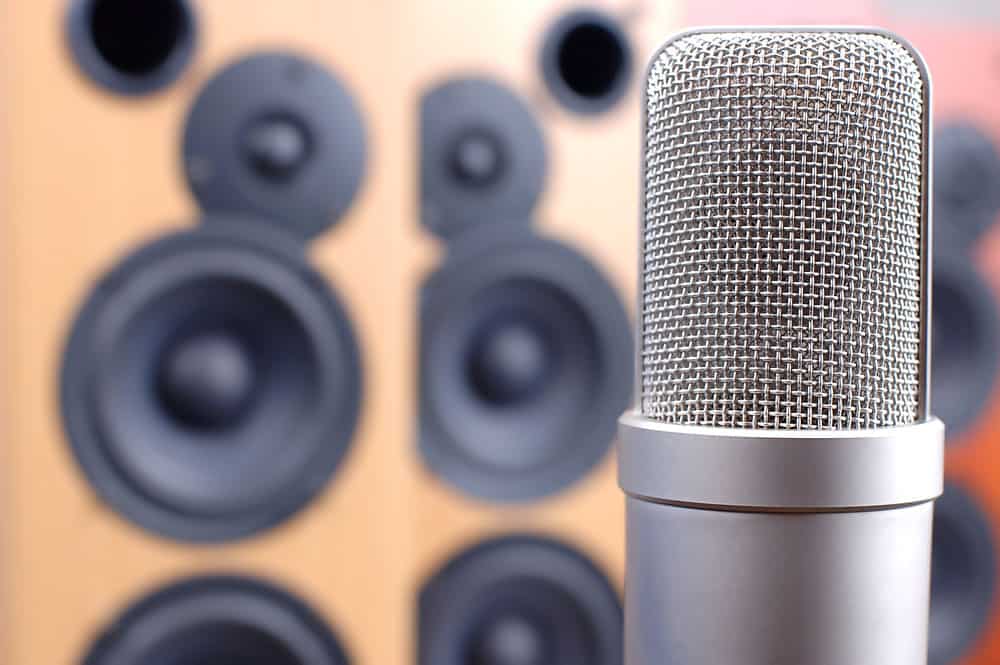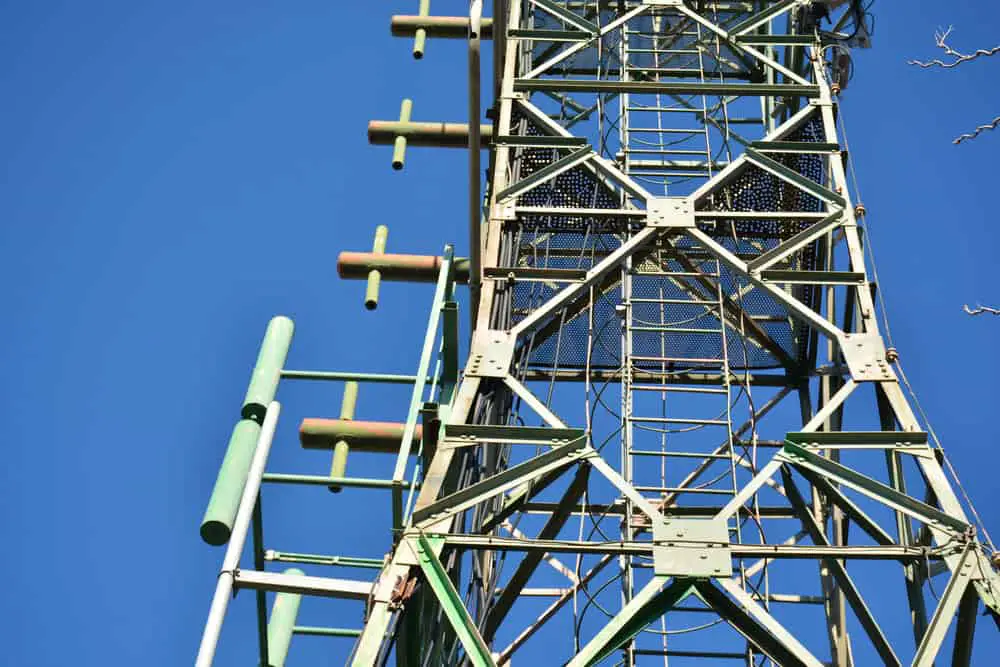Most wireless microphone systems used to be in the TV band spectrum in the US. However, the demand for wireless broadband services was increasing. As a result, the Federal Communication Commission (FCC) auctioned a spectrum of broadcast television stations. This spectrum lies in 600MHz frequencies. The broadcast television stations that operate on TV channels 38-51 had this spectrum license. As a result of this incentive auction, local theatres, schools, and sports stadiums have to change some equipment. Wireless microphone systems have limited access to 600 MHz frequencies. And cellular and cable companies have access to most 600 MHz frequencies. Let’s learn more about how this FCC 600 MHz change took place and its impacts.
Table of Contents
- FCC 600 MHz–What is the Incentive Auction?
- FCC 600 MHz– Transition operations
- What were the outcomes of the Incentive Auction?
- According to the Plan, What Part of the FCC 600 MHz Band can Wireless Mic Systems use?
- What you Should know About 600 MHZ Guard Band and Duplex Gap Operations
- FCC 600 MHz– What About Operating Below 614 MHz?
- Where Can You go for Help?
- Conclusion
FCC 600 MHz–What is the Incentive Auction?
In April 2017, FCC initiated the Broadcast Incentive Auction.
The FCC called for an auction to repurpose some portion of the UHF TV bands to some bidders. This repurposing affected the 600 MHz band. To be specific, it is 614-698 MHz (84 MHz). The FCC named this repurposing “600 MHz Band Plan” due to this particular band.
The incentive auction comprises two parts. Firstly, a reverse auction allowed television stations to willingly surrender their spectrum usage rights. Secondly, a “forward auction” allowed wireless companies to bid for the available spectrum. This plan provides wireless companies access to the highly coveted Ultra High-Frequency airwaves.
After the completion of the auction, FCC repackaged the TV stations. These TV stations work on different TV channels in a band below 608MHz.

FCC 600 MHz– Transition operations
The FCC gave a 10-phase transition period to wireless microphone systems. This period ended on 13 July 2020. They have to move out of the 600 MHz service band to other frequencies during this time.
Until 13 July 2020, the FCC allowed the users to continue their operations under 600MHz band conditions. At the same time, the FCC also put forward a requirement for users. Under this condition, wireless microphone users will not cause any harmful interference to any broadcast television operations and the 600 MHz wireless licensees. Also, users do not have any interference protection from 600 MHz service licensees and broadcast television.

Image: structure designed to support antennas for broadcasting and telecommunication networks.
What were the outcomes of the Incentive Auction?
Due to these new bandwidth restrictions, many wireless devices were affected. Wireless microphones, cueing equipment, in-ear monitors, and audio instruments. In addition to this, you will also see an impact on antenna connections and power sources. According to the FCC, you can contact your producer to know the frequency of your microphone system. It will help you to understand whether the new regulations affect your system or not.
According to the Plan, What Part of the FCC 600 MHz Band can Wireless Mic Systems use?
The FCC has repurposed 84 MHz in 600 MHz bands. As discussed above, it is from 614-698 MHz. This band comprises four parts.
- Guard band (614-617 MHz)
- Downlink band (617-652 MHz)
- Duplex gap (652-663 MHz)
- Uplink band (663-698 MHz)
Out of these, only a small part is available for wireless microphone systems after the deadline of 13 July 2020.
Only a 3MHz guard band is available for these systems, i.e., 614-617MHz. Among these:
- 614-616 MHz, i.e., 2MHz is available for unlicensed operators
- 616-617 MHz, i.e., 1MHz available as a buffer
Other than this, there is an 11 MHz duplex gap (652-663 MHz) is available as:
- 652-653, i.e., 1 MHz as a buffer
- 653-657 MHz, i.e., 4 MHz available for licensed operators
- 657-663 MHz, i.e., 6 MHz available for unlicensed and white space devices.
Downlink bands (617-653 MHz) and uplink bands (663-698 MHz) are unavailable for wireless microphone systems.
What you Should know About 600 MHZ Guard Band and Duplex Gap Operations
You get 12 MHz for wireless microphone systems by adding a usable guard and duplex bands. However, there were a few things for the July deadline:
- In the duplex gap, licensed users can use only 4 MHz, i.e., 653-657 MHz. However, these authorized users will have to coordinate if operating in the same area.
- After the deadline, you are an unlicensed user using a guard band or upper duplex band.
- When wireless microphone systems operate in a 600MHz guard band or duplex gap, they will have a power output limit of 20 milliwatts EIRP. For White Space devices, this limit is 40mW EIRP.
FCC 600 MHz– What About Operating Below 614 MHz?
Some services operate below 614 MHz, UHF TV Band Channel 37 (608-614MHz). These are Radio Astronomy and Wireless Medical Telemetry Service.
Wireless microphone systems operate only for UHF TV band Channel 35 and 36. Channel 35 operates at (596-602 MHz) while channel 36 (602-608MHz) is in the 600 MHz band.
There is no change in Ultra High-Frequency TV band Channels 14-34 (470-596). It means channels 14-36 will not face any restrictions due to this incentive auction
Where Can You go for Help?
Your system maker can tell you the frequency of your wireless device. Further, you can also take help from a qualified service provider. FCC’s consumer center can help you if your systems work in the 700MHz frequency band.
Conclusion
Wireless microphone systems operate in spectrum bands with specific frequencies. Currently, these are working in different unused television bands. These include VHF and UHF channels. These wireless systems either run on a licensed or an unlicensed basis. If you need any help regarding the topic, feel free to reach Cloom. We are experts in building custom cable assemblies to support your wireless system.
